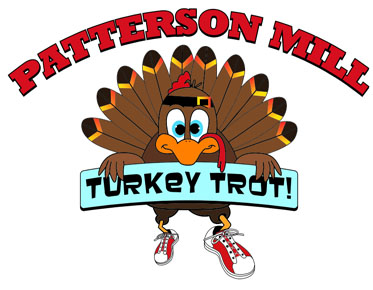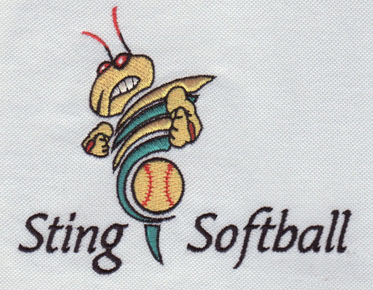Exploring the Future of Vector Art Conversion Services: Advancements and Emerging Trend
Vector art conversion services have played a
significant role in transforming bitmap images into versatile and scalable
vector formats. As technology continues to advance, new possibilities and
trends emerge, shaping the future of vector art conversion. This article from Eagle Digitizing explores the
potential advancements and trends in vector art conversion services, offering
insights into the exciting developments that lie ahead.
1. Improved Automation and Artificial Intelligence (AI):
Advancements in automation and AI technology
are expected to revolutionize the vector art conversion process. AI algorithms
can analyze bitmap images and generate vectorized outputs with greater accuracy
and efficiency. This can significantly speed up the conversion process and
reduce manual intervention, resulting in faster turnaround times and enhanced
productivity.
2. Enhanced Quality and Precision:
Future advancements in vector art conversion services
will focus on improving the quality and precision of the converted designs. The
development of sophisticated algorithms and techniques will enable the
preservation of fine details, gradients, and complex textures during the
conversion process. This will ensure that the final vectorized output closely
resembles the original bitmap image.
3. Real-time Editing and Interactive Workflows:
The future of vector art conversion will
likely witness the integration of real-time editing tools and interactive
workflows. Users will have the ability to make instant modifications to
vectorized designs, previewing the changes in real-time. This seamless
interaction between designers and the conversion software will enhance
creativity and streamline the design process.
4. Intuitive User Interfaces and Design Tools:
As vector art conversion services become more
user-friendly, intuitive interfaces and design tools will become the norm.
Users will have access to user-friendly software that simplifies the conversion
process and provides a range of design options and customization features. This
will empower both professionals and amateurs to create stunning vector art designs with ease.
5. Cross-platform Compatibility and Collaboration:
The future will witness vector art conversion
services that offer seamless cross-platform compatibility. Users will be able
to convert and work with vectorized designs across different software and
platforms without compatibility issues. This will facilitate collaboration
among designers, allowing them to seamlessly share and edit vectorized designs
regardless of their preferred design tools.
6. Integration with Augmented Reality (AR) and Virtual Reality (VR):
Vector art services
may explore
integration with AR and VR technologies. This could enable designers to
visualize and interact with vectorized designs in immersive virtual
environments, enhancing the overall design experience. Users can preview how
the vectorized designs will appear in real-world settings before final
production.
7. Expanded Application Scope:
With advancements in vector art conversion
technology, the application scope will expand further. Vector art conversions
will be applicable not only to traditional media such as print, web, and
embroidery but also to emerging fields like 3D printing, laser cutting, and
engraving. This versatility will open up new avenues for designers to explore
and push the boundaries of their creativity.
8. Cloud-based Solutions and Collaboration Platforms:
Cloud-based solutions and collaboration
platforms will continue to evolve, providing seamless access to vector art conversion services from any
location. Designers will be able to store, share, and collaborate on vectorized
designs through cloud-based platforms, fostering remote teamwork and enhancing
workflow efficiency.
9. Customization and Personalization Features:
Future vector art conversion services may
offer advanced customization and personalization features. Users can tailor the
conversion process to their specific needs, incorporating unique design
elements, effects, and styles. This level of customization will empower
designers to create truly one-of-a-kind vectorized designs.
10. Integration with Machine Learning (ML) and Big Data Analytics:
The integration of machine learning and big
data analytics into vector art conversion services holds immense potential. ML
algorithms can analyze vast amounts of data to identify patterns and trends,
providing valuable insights for optimizing the vector conversion process and improving the quality of vectorized
outputs.
The future of vector art conversion services
is promising, with advancements in automation, AI, quality, and user
experience. Designers can expect faster, more accurate conversions, improved
editing capabilities, and expanded application possibilities. As technology
continues to evolve, vector art conversion services will become even more
accessible, versatile, and integral to various creative industries. Embracing
these future advancements and trends will empower designers to unlock their
full potential and create exceptional vectorized designs with ease and
efficiency.



